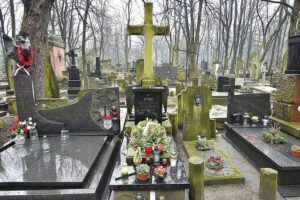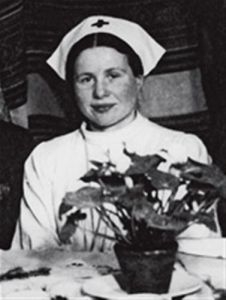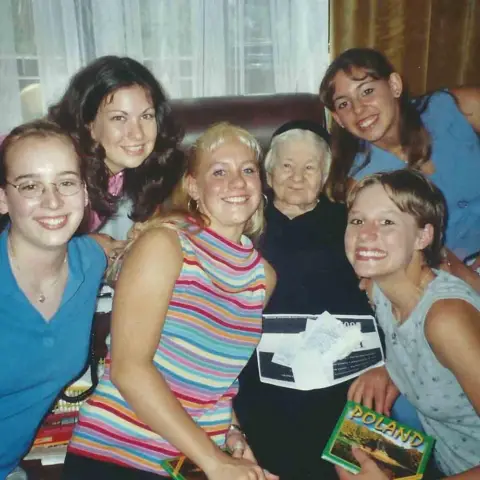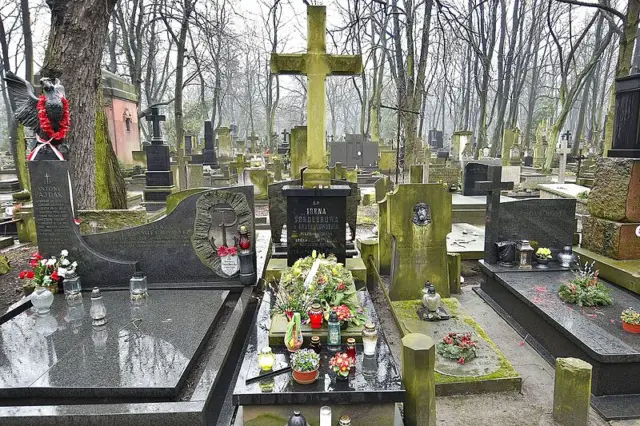About Irena Sendler:
Irena was a Catholic social worker who was born in Warsaw, Poland in 1910 and raised in Otwock, Poland. By 1939, Poland had over 3 million Jews, 10% of the Polish population. On September 1st of that year Germany invaded Poland from the west; and soon after, on September 27th, the Soviet Union invaded from the east.
It was in November of 1940 that the German authorities established the Warsaw Ghetto. At its height, as many as 460,000 Jews were imprisoned there in over-crowded conditions and very short food rations.
On August 16, 1943, the Government Delegation for Poland (the Polish government in exile) set up a Children’s Department within the Council to Aid Jews (Żegota). The new Department was to “care for orphans and other Jewish children in need of care and to place then into institutions or with private families”.
It was between 1942 and 1943 that Sendler and her network of 10 compatriots rescued 2,500 Jewish children from the Warsaw ghetto. Disguised as an infection-control nurse, Sendler had easy access to the ghetto and was able to travel back and forth with relative ease. She knocked on doors in the ghetto, asking parents and grandparents to give up their children and grandchildren so that she could smuggle them out. Each child was given a new Polish name with forged identity papers and hidden in foster homes, orphanages, or convents. She carefully recorded in code their original names and placements so that surviving relatives could find them after the war. She hid the lists in milk jars that were buried in the backyard of one of her neighbors.
Arrested and tortured by the Gestapo in the fall of 1943, Irena was sentenced to death, but Żegota managed to rescue her before she could be executed. She assumed a new identity and continued her work for Żegota.
Her story does not end there, however: after the war, Poland’s Communist government persecuted members of Poland’s wartime resistance, Zegota, of which Irena Sendler was a part. They were harassed, interrogated, imprisoned, and even executed. We assume the logic was that anyone who desired freedom was a threat to the Communist authorities and had to be eliminated.
Making Irena Sendler’s story known to the world…”Life in a Jar”:
Surprisingly, her heroic story would not have been widely known if it were not for three teenage American girls from Kansas who discovered her forgotten story 60 years later. Liz, Megan, and Sabrina, who began the project as students of history for a National History Day competition, brought her story to life in 1999. Their research….mostly by mail, since the internet was not as widely used as it is today, helped piece together the details of this incredible woman.
They wrote a play about her life entitled “Life in a Jar,” a reference to the milk jars in which Irena had hidden the true identities of the children. The play was publicized by National Public Radio, C-SPAN, and CBS.
As you can see by the photos below, the girls were actually travel to Poland and visit with Irena Sendler before her passing
Photos courtesy of the Irena Sendler project.
In 1983 she was present when a tree was planted in her honor at the Garden of the Righteous Among the Nations in Jerusalem. In 1991, Irene Sendler was made an honorary citizen of Israel.
On June 12, 1996, she was awarded the Commander’s Cross of the Order of Polonia Restituta.
Irena Sendler was nominated for the Nobel Peace Prize in 2007, losing out to Al Gore (not sure what his sacrifices and accomplishments were; but in our opinion, they certainly pale in comparison to those of Irena Sendler). We have begun to question the politics of the Nobel committee.
Irena Sendler lived a long life…passing away in Warsaw at the age of 98 on May 12, 2008. What an amazing life she lived!
Click here to learn more about the Irena Sendler project from “Life in a Jar”
Finding the grave of Irena Sendler:

Her grave is located in Cmentarz Powązkowski in Warsaw.
⇐ Back to Catholic places of interest in Warsaw, Poland.




